
Japanese Quattro – Suzuki GSXR-1000 vs Rivals
- May 5, 2017
- Views : 4756

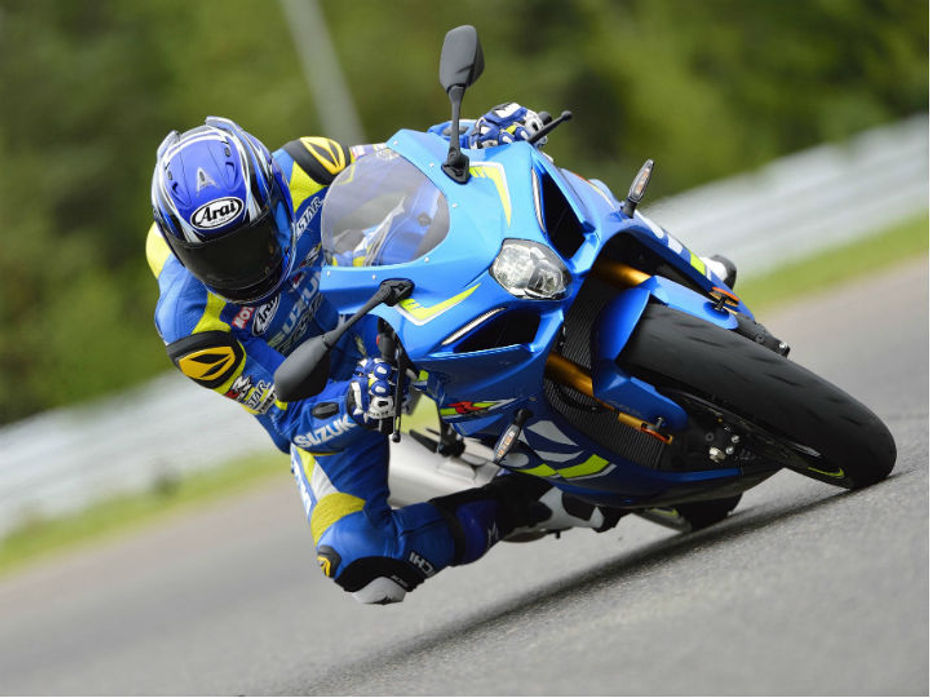
Litre-class bikes are often considered a brand’s display of complex technology and physics-defying performance wrapped into a beautiful package. Suzuki has given the already long-in-tooth GSX-R1000 a much needed update in its 2017 iteration, and we will be riding this superbike at the Kari racetrack on Saturday. So what makes this new bike stand apart from the current crop of litre-class track tamers? Read on to find out! Also read: Japanese Quattro – Suzuki GSXR-1000 vs Rivals
History:
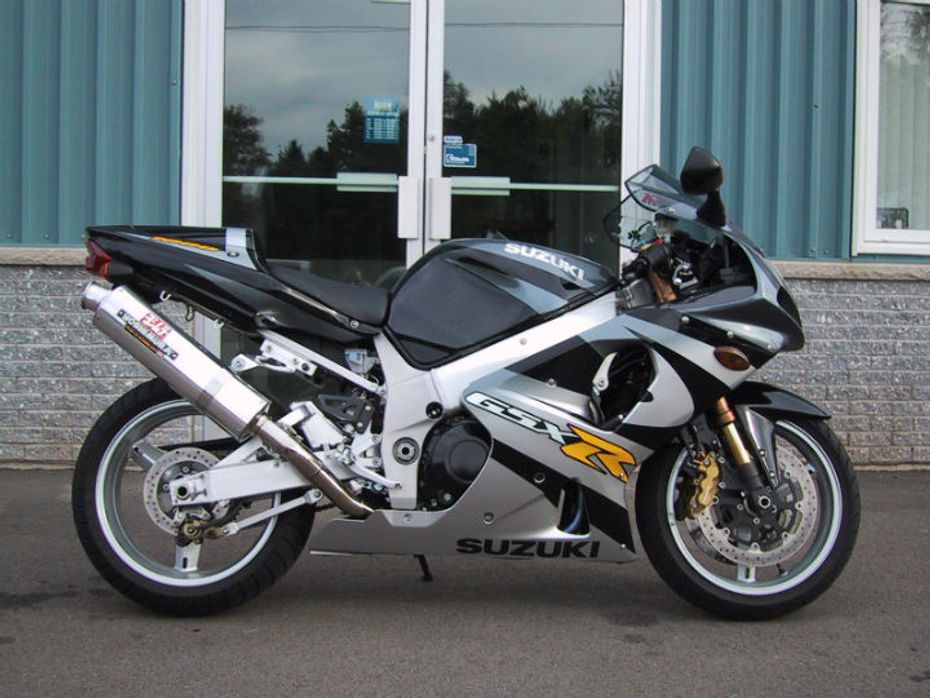
Suzuki’s track-worthy motorcycles belong to the product family - the GSX-R. The GSX-R1000 was first introduced in 2001, replacing its bigger brother, the GSX-R1100. Despite having a comparatively smaller engine the bike was no slouch. It was capable of achieving 278kmph and could go from a standstill to 100kmph in just 3seconds! Turns out, the Japanese do have a replacement for displacement! The bike was updated from time to time to improve its dynamics and changes were made to the frame, engine and brakes among other things to extract more performance generation after generation. But between 2012 and 2016, the bike did not witness any significant changes, and its age slowly started becoming apparent when compared to electronically-enhanced superbikes of the time. Now, Suzuki has made sure 2017 version is truly capable of holding its own against modern litre-class motorcycles thanks to a bunch of improvements, particularly in the field of engine and electronics.
Engine:
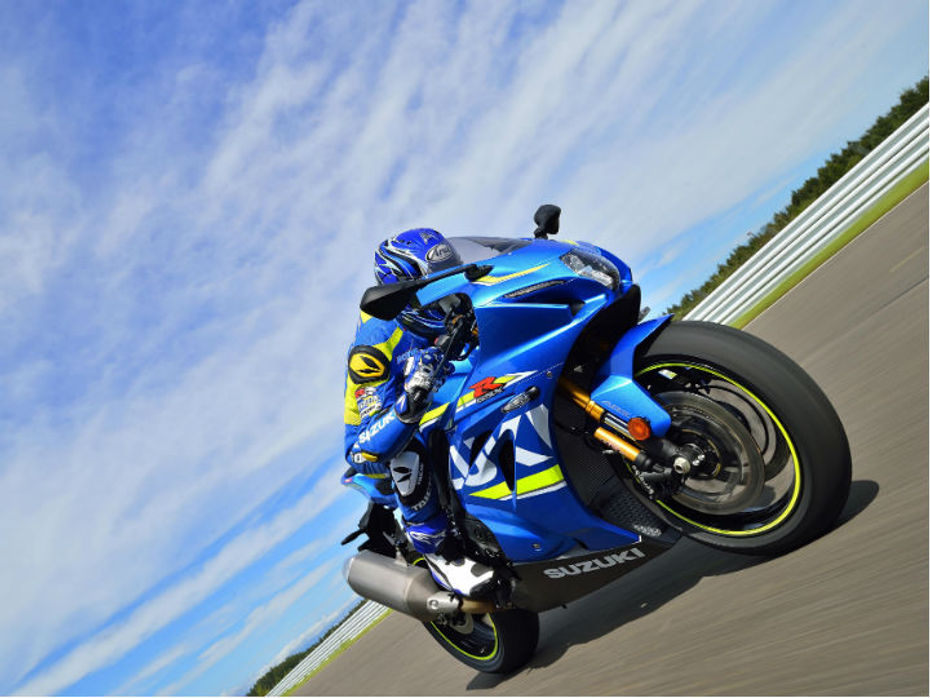
The 2017 Suzuki GSX-R1000 uses an all-new, liquid-cooled, 999.8cc in-line 4-cylinder DOHC engine, which Suzuki claims is the most powerful, hardest accelerating, cleanest running GSX-R engine ever built. The powerplant produces a whopping 202PS of power at 13200rpm and 117.6Nm of torque at10800rpm. Suzuki was able to achieve an increase in top end power without sacrificing low and mid range grunt by the use of MotoGP-derived Suzuki Racing Variable Valve Timing (SR-VVT) System. The fuel is fed to the engine via fuel injectors which are actuated by ride-by-wire throttle. The engine is mated to a slipper-clutch-enabled 6-speed transmission and the power is transferred to the rear wheel via a chain drive.
Electronics:
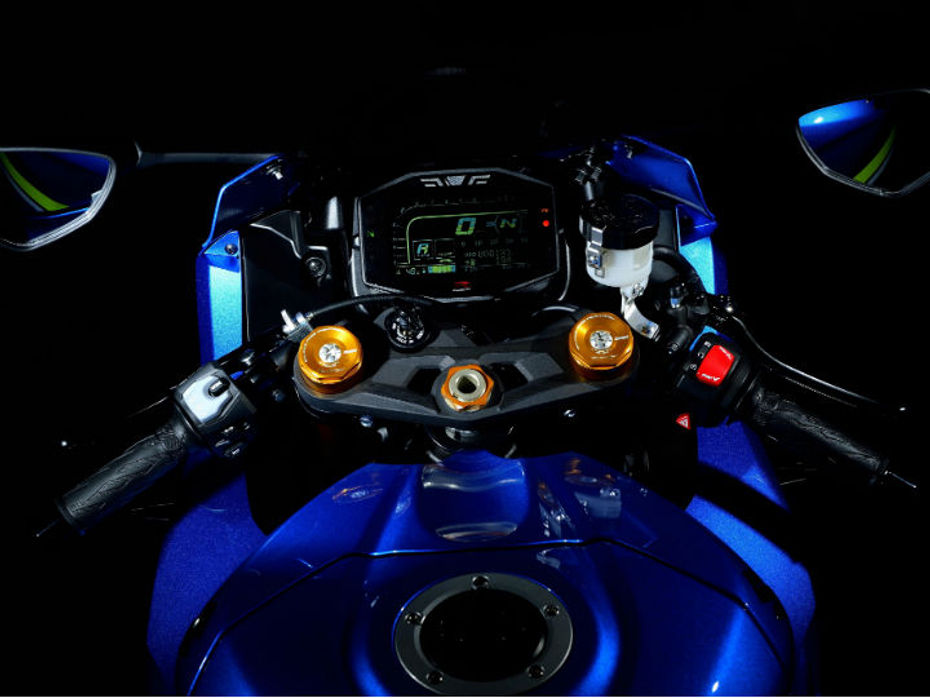
The 2017 iteration of the GSX-R1000 employs a number of electronic gadgets to exploit its full potential. The bike now comes with Suzuki Drive Mode Selector (S-DMS) using which the rider can select three different mapping and engine power delivery settings to suit different riding conditions - race track, wet road, urban environment or highway. As long as the throttle is closed, the rider can change the power mode on the go. Another important feature of this bike is the Inertial Measurement Unit (IMU) which measures the bike’s movements along 3 axes and also measures the pitch, yaw and roll. These readings are taken into account to fine-tune the traction and braking so that optimal handling is extracted from the bike at all times. The system is also paired with Motion Track Brake System which prevents the rear wheel from lifting up during hard braking and also optimises the brake force distribution while cornering.
A 10-level Motion Track Traction Control System (TCS) constantly monitors the front and rear wheel speed, throttle and gear position, and adjusts the power deliver accordingly to prevent loss of traction. The TCS setting can also be changed while riding, with the throttle closed. For added convenience, the GSX- R1000 also comes with a Suzuki Easy Start System which stabilises the engine idle speed based on the coolant temperature (ideal in cold conditions) and helps crank the engine in just a touch of the button.
Cycle Parts:
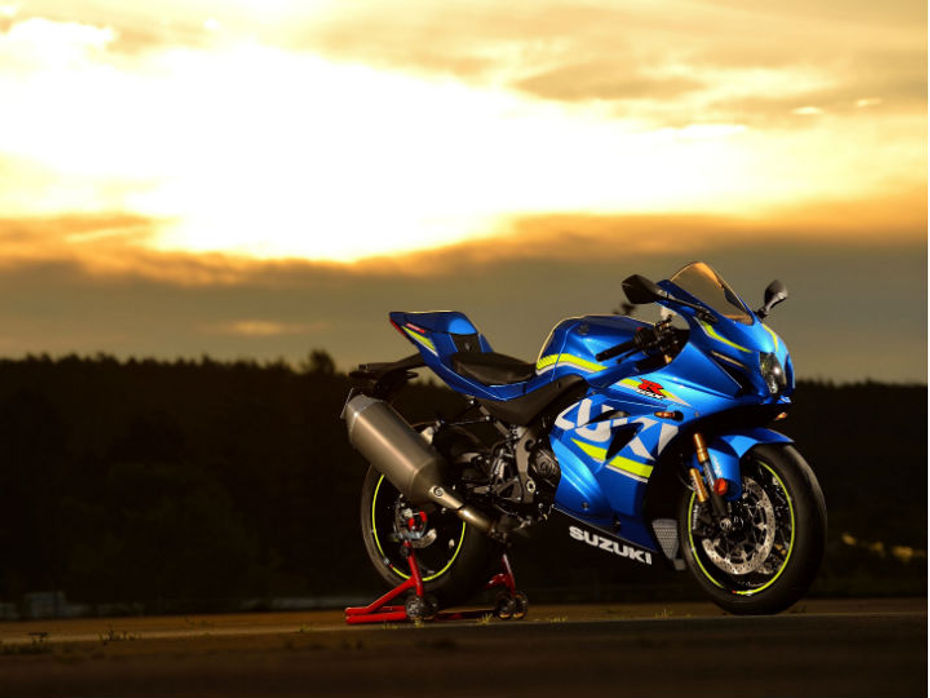
The 200+PS powerplant is nestled neatly inside an aluminium twin-spar perimeter frame which is 10 per cent lighter than the previous generation’s. The upper portion of the rear shock mount is also relocated to accommodate the large 16-litre fuel tank. The rear sub-frame is a bolt-on unit, made of square aluminium tubing and is 38 per cent lighter. Holding the frame to the wheels are Showa BPF (Big Piston Front) forks at the front and a Showa Balance Free Rear Cushion Lite (BFRC Lite) rear monoshock. The front fork allows the rebound and compression damping to be adjusted, apart from adjustable spring preload. The rear monoshock also features adjustable rebound damping; compression damping can be adjusted for both high and low speeds, and so are the spring preload and rear ride height.
A high-performance bike not only needs to go fast but also be capable of halting in a trice. This is achieved by the use of dual 320mm discs with Brembo Monobloc calipers at the front and a single 220mm rear disc with Nissin single piston caliper. Hell, even the end of the front brake lever is slotted so that it reduces the chances of brake drag induced by the wind pressure at high speeds. Talk about Japanese engineering! Coming to the heft, the bike tips the scales at 202kg with all the fluids on-board, while the seat height stands at 825mm.
Price and Rivals:
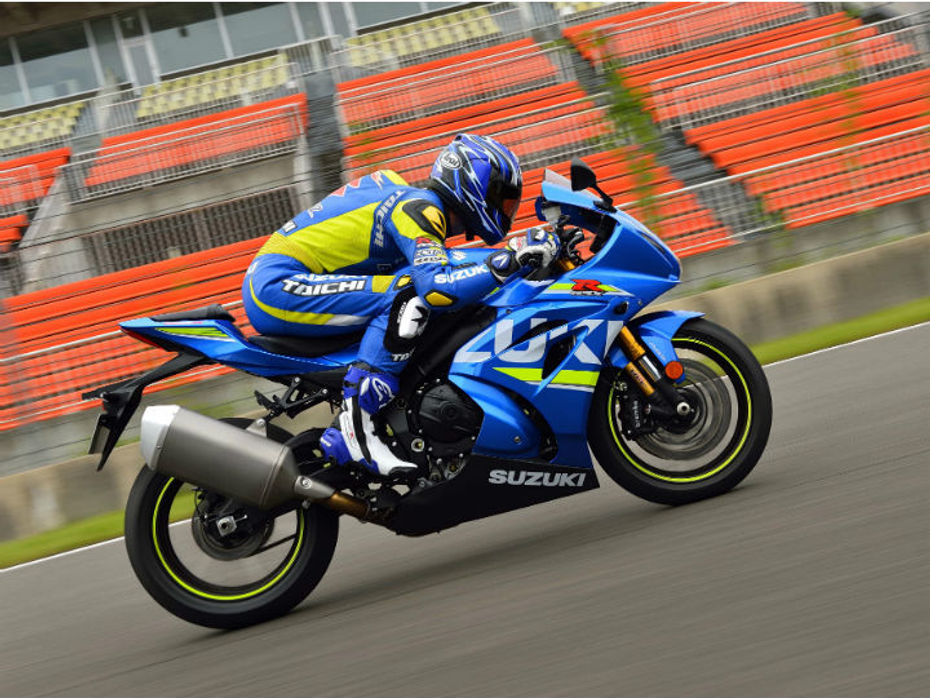
The 2017 Suzuki GSX-R1000 is priced at Rs 19 lakh, ex-showroom Delhi. Its chief rivals include the Yamaha YZF- R1, which is roughly Rs 5.74 lakh more expensive, the Kawasaki Ninja ZX-10R (Rs 16.4 lakh), and the Honda CBR1000RR (Rs 17.61 lakh), all prices ex-showroom Delhi. This makes the Kwacker to be the most affordable of the lot. The GSX may be relatively expensive, but it comes with its own set of tricks up its sleeve, notwithstanding the enormous excuse of an exhaust.

Japanese Quattro – Suzuki GSXR-1000 vs Rivals

2017 Suzuki GSX-R1000 launched at Rs 19 lakh

Bookings For 2017 Suzuki GSX-R1000 Start Unofficially

2016 INTERMOT – 2017 Suzuki GSX-R1000R Unveiled

2016 INTERMOT- Suzuki GSX-R 125 unveiled

Suzuki GSX-R250 patent pics leaked

Suzuki GSX-R1000 to remain unchanged for 2016

Suzuki recalls GSX-R750s and GSX-R1000s

Voltcom Crescent Suzuki GSX-R1000 WSBK replica unveiled
 Maruti Dzire
Maruti Dzire
 Royal Enfield Classic 350
Royal Enfield Classic 350
 Mahindra Scorpio N
Mahindra Scorpio N
 Royal Enfield Hunter 350
Royal Enfield Hunter 350
 Toyota Fortuner
Toyota Fortuner
India's largest automotive community
 Maruti FRONX
Rs. 7.51 Lakh
Maruti FRONX
Rs. 7.51 Lakh
 Mahindra Bolero
Rs. 9.79 Lakh
Mahindra Bolero
Rs. 9.79 Lakh
 Maruti Grand Vitara
Rs. 10.99 Lakh
Maruti Grand Vitara
Rs. 10.99 Lakh
 Mahindra Scorpio
Rs. 13.61 Lakh
Mahindra Scorpio
Rs. 13.61 Lakh
 Mahindra Thar
Rs. 11.34 Lakh
Mahindra Thar
Rs. 11.34 Lakh